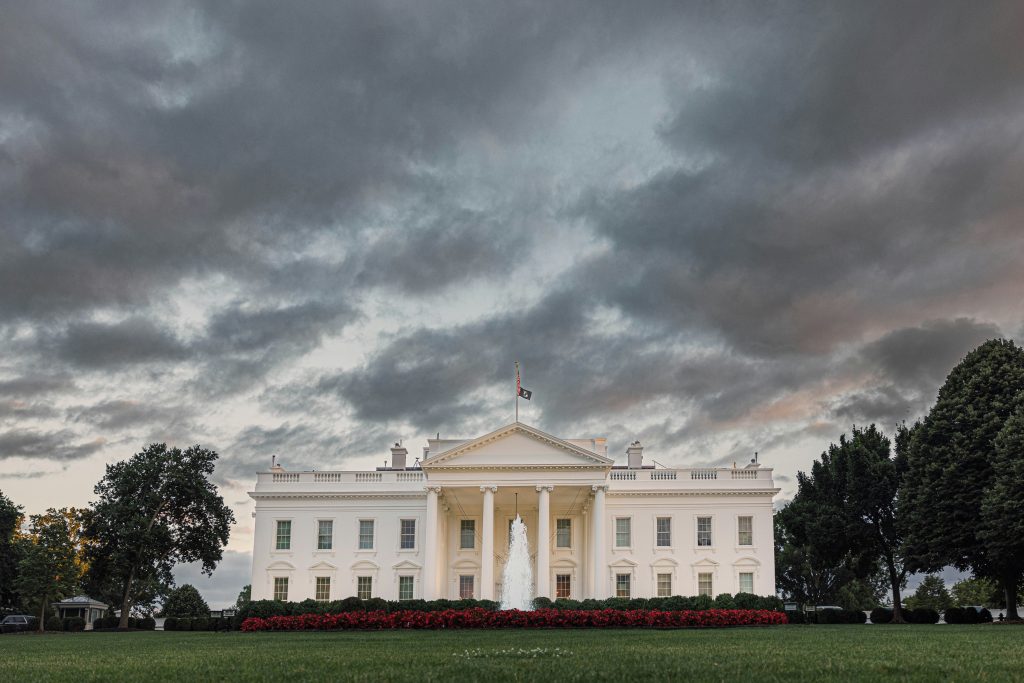
October 14, 2025: House and Senate Appropriation Committees adopted bills that appear to avoid deep cuts to funding for lead programs. For a summary of those bills, see National Center for Healthy Housing’s tracker. With Congress unable to pass FY26 appropriations legislation, the federal government has been largely shutdown since October 1. See NCHH’s tracker for the latest.
June 3, 2025 Update: HHS is asking for level funding of $51 million for the Childhood Lead Poisoning Prevention Project (CLPPP). The project will move from CDC to the new Administration for a Healthy America (AHA). This is excellent news, most likely due to the uproar from communities across the country. See https://www.hhs.gov/about/budget/fy2026/index.html#justifications.
EPA wants to zero out new funding for its two lead-based paint programs: TSCA’s Lead Risk Reduction Program ($14 million in FY25) and categorical grants to states ($15 million in FY25). This is a major problem for helping ensure compliance lead-based paint related rules and supporting state programs.
EPA does the same for the Drinking Water State Revolving Fund, though the agency’s two lead in drinking water get a slight cut to $48 million ($50 million in FY25). This includes level funding of $28 million for lead testing in schools. I believe these are the WIIN grants. See https://www.epa.gov/planandbudget/cj.
EPA also asks to eliminate new funding for its radon program ($22 million in FY25) and its indoor air program ($88 million in FY25).
HUD asks Congress for no new appropriations in FY26 for its Lead Hazard Control and Healthy Homes grants, saying it will spend down the funding from prior years and plans to award new grants of $267 million in FY26, a much lower amount than the historic levels in FY24. History suggests that when this type of cut happens, it is very difficult to restore. See https://www.hud.gov/stat/cfo/cj-fy26.
It looks like federal efforts to find children with elevated blood lead levels will continue. HOWEVER, healthy homes and lead-based paint programs that support helping families through grants or compliance assurance are in big trouble!
Now it is up to Congress to decide.
What Happened
On May 2, the White House released its summary of its discretionary budget request for FY 2026, proposing deep cuts to lead programs in EPA, CDC, and HUD.
- CDC: The White House proposes 40% cuts to CDC funding, including eliminating the National Center for Environmental Health along with most work unrelated to emerging or infectious disease (page 13). Given the depth of the cuts, they likely include eliminating the $51 million/year for the Childhood Lead Poisoning Prevention Program (CLPPP) that support grants to states and municipalities, serving as the backbone for federal and state efforts to track blood lead monitoring trends and spot emerging threats. In April, HHS cut 3,500 CDC staff, including all 26 CLPPP staff, but a judge stayed most of those CDC cuts (as well as other agencies).
- HUD: The White House proposes saving $296 million by cutting HUD’s lead-hazard control and healthy homes grants for FY26 so the unobligated funds from FY24 and FY25 are “depleted prior to receiving further appropriations,” suggesting that all FY26 would be cut (page 28). However, FY25 funding was $345 million, so the numbers don’t add up.
- EPA: The White House proposes eliminating all $1.1 billion/year for the drinking water state revolving fund and cutting 16 of 20 types of categorical grants that received $1 billion/year (page 15). This likely includes $16 million/year in grants to states that have long-supported lead-based paint certification, education, and enforcement efforts.
The White House’s budget is too vague to address the impacts on other agencies, such as FDA, CMS, CPSC, OSHA, and CPSC. It is also unclear how the 10-year budget reconciliation bill that passed the House on May 20 and its being considered by the Senate will impact FY26 appropriations.
To track Congress’ progress on FY26 appropriations and what happened in FY25, go to https://www.congress.gov/crs-appropriations-status-table.
Why It Matters
CDC, HUD, and EPA each have critical, yet distinct, roles in lead poisoning prevention.
- CDC provides the backbone for federal and state efforts to track blood lead monitoring trends, spot emerging threats, educate the healthcare community and the public, and support case management for children with elevated blood lead levels. It funds 48 of 50 states.
- HUD conducts essential research on the most effective techniques to reduce lead-based paint hazards and funds an extensive network of state and local agencies to remediate those hazards in privately-owned homes that serve low-income families to keep rents affordable.
- EPA, through categorical grants to states, helps ensure communities have a workforce available to conduct lead-based paint inspections, risk assessments, and abatement work in a professional manner that adequately protects families. It also funds drinking water infrastructure projects that reduce lead in drinking water as well as preventing further lead contamination of the environment and ensuring old industrial operations are cleaned up.
Our Take
Budgets reflect priorities. The White House’s proposed deep budget cuts to lead programs at CDC, EPA, and HUD are shocking indicators of its priorities. The proposal reflects a fundamental misunderstanding of the challenge posed by lead and the critical role each agency has in working together to protect children.
Lead is not going away. It continues to be in our homes, our food and water, our neighborhoods, and our communities. We are at risk. And unless we are vigilant, it will show up again in our food (e.g. applesauce pouches in 2024), water (e.g. Washington, D.C., in 2005, Flint, Michigan and Sebring, Ohio in 2014 and Jackson, Mississippi, and University Park, Illinois, in 2023) and consumer products (leaded jewelry in 2006).
We appear to be forgetting the lesson from 2012 when the Obama Administration and Congress eliminated CDC’s CLPPP grants to states, blinding many states to emerging problems, such as Flint two years after the federal cuts. It took a decade to fully restore that funding, and many states struggled to regain their momentum.
We recognize the states can and should be helping to fund these efforts. However, that is not realistic without a thoughtful transition, sufficient notice, and a plan to protect children if a state does not step up. None of that has happened.
Fortunately, Congress usually treats the president’s proposed budget as a suggestion. However, unlike in the past, this Administration is taking actions to implement many of the changes without waiting for Congress.
From 2016 to 2022, Congress made lead poisoning prevention a bipartisan priority, dramatically increasing funding levels at HUD and CDC and providing EPA with drinking water infrastructure funds dedicated to replacing lead pipes. While the HUD and CDC investments leveled off in 2023–25, the programs were just beginning to build the infrastructure to support lead poisoning prevention and healthy homes programs. The cuts, if enacted, will undermine HUD’s momentum and potentially break the back of state programs supported by CDC.
Next Steps
The detailed budget justification from the White House and agencies is already behind schedule. After it is released, we will know more about the impact on lead programs. However, Congress need not wait for the Administration and has deadlines to meet on FY26 appropriations. Let’s hope the bipartisan approach that shaped past budget appropriations, especially in the Senate, will hold. We will know more when the House and Senate committees introduce and consider the federal appropriations during June and July. That’s coming up fast!
